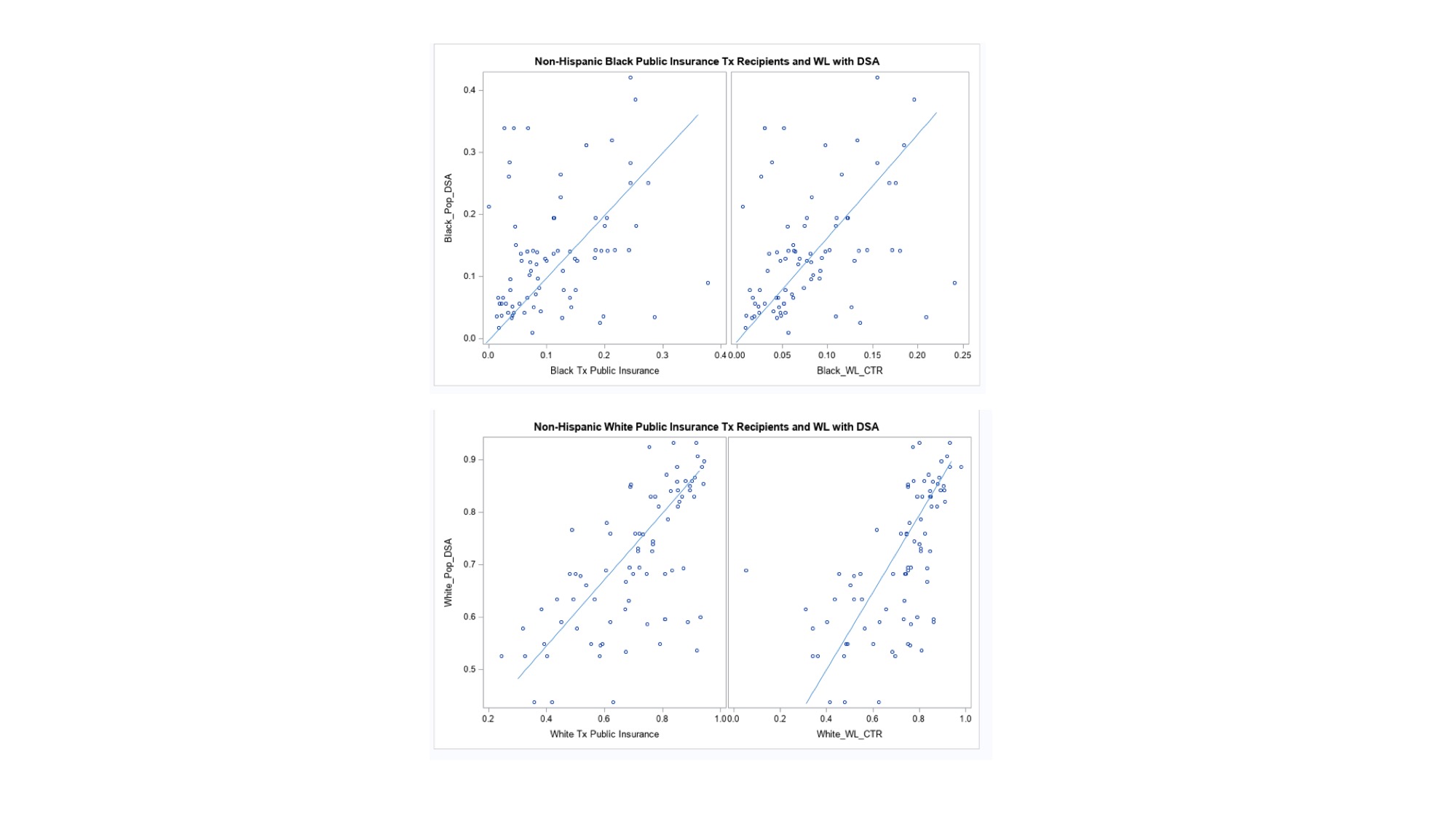Racial and Ethnic Disparities in Access to Liver Transplantation in the United States
Surgery, University of Florida, Gainesville, FL
Meeting: 2020 American Transplant Congress
Abstract number: C-245
Keywords: African-American, Ethics, Hispanic
Session Information
Session Name: Poster Session C: Non-Organ Specific: Disparities to Outcome and Access to Healthcare
Session Type: Poster Session
Date: Saturday, May 30, 2020
Session Time: 3:15pm-4:00pm
 Presentation Time: 3:30pm-4:00pm
Presentation Time: 3:30pm-4:00pm
Location: Virtual
*Purpose: Despite research into the effects of race, ethnicity, and insurance status in liver transplantation, disparities persist. Access to care even in insured populations endures as a major challenge. Given the ongoing debates about broader sharing and redistricting as a way to achieve a more just and equitable system, a closer look at disparities in liver transplantation is essential. The aim of this study is to examine disparities in the United States in access to liver transplantation by comparing racial and ethnic distributions of recipients, as well as waitlisted patients, with their corresponding donor service area (DSA) race and ethnicity distributions, taking into account insurance status.
*Methods: Adult deceased donor liver transplant recipient data from the post-Share 35 era (2013 to 2018) were obtained from SRTR. Medium to high volume liver transplant centers (≥250 transplants during the study period) were analyzed for recipient race and insurance type, Public (Pu) or Private (Pi). Donor service area population demographics were obtained from 2017 estimate US Census data. Statistical analyses were conducted using SAS 9.4.
*Results: Transplant percentages of Hispanics and Non-Hispanic Whites (NHW) correlate closely with waitlist percentages of each respective group. Pu and Pi Insurance Non-Hispanic Black (NHB) and Pi insurance Hispanic transplant recipients in DSAs with high percent population of NHBs and Hispanics were underrepresented in the transplant recipient population. At most transplant centers, private insurance Non-Hispanic White (NHW) patients were overrepresented in the transplant recipient population compared to the population of the donor service area. Minority Pu insurance patients were transplanted less compared to minority Pi insurance patients.
*Conclusions: Once listed there were no large racial and ethnic disparities in liver transplantation in the vast majority of transplant centers. However, the disparities apparent when compared to the DSA population may be due to geographic, as well as socioeconomic factors. Even when controlled for insurance status, racial/ethnic disparities exist among liver transplant recipients. To build towards equal access for all, further studies are needed to understand the sources of these disparities.
To cite this abstract in AMA style:
Zarrinpar A, Warren C, Andreoni K, Johnson M, Battula N. Racial and Ethnic Disparities in Access to Liver Transplantation in the United States [abstract]. Am J Transplant. 2020; 20 (suppl 3). https://atcmeetingabstracts.com/abstract/racial-and-ethnic-disparities-in-access-to-liver-transplantation-in-the-united-states/. Accessed January 6, 2026.« Back to 2020 American Transplant Congress

